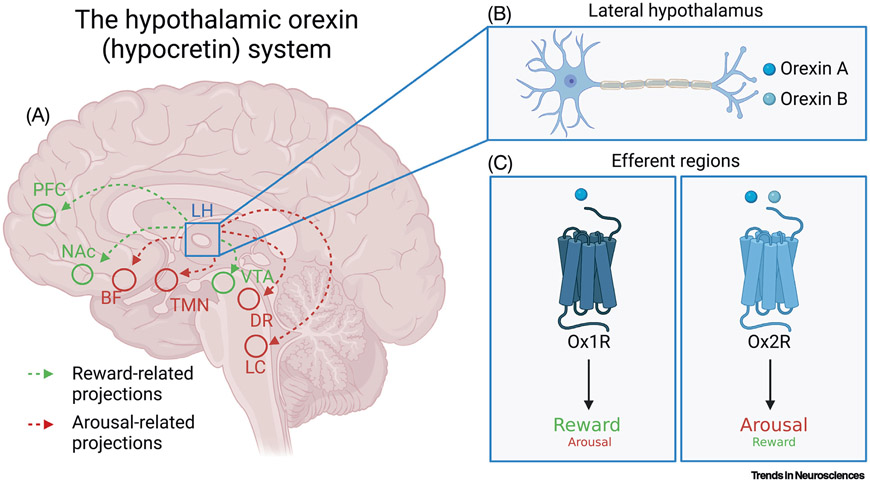Figure 1. An overview of the orexin (hypocretin) system and its receptors.
(A) Orexin-producing neurons in lateral hypothalamus (LH) mediate a wide range of physiological processes via their broad projections throughout the neuroaxis. Of note, orexins promote reward behavior by influencing key reward centers, including ventral tegmental area (VTA), nucleus accumbens (NAc), and prefrontal cortex (PFC). Orexins also regulate sleep/wake states via inputs to arousal centers, including tuberomammillary nucleus (TMN), dorsal raphe nucleus (DR), and locus coeruleus (LC). (B) Orexin-producing neurons in lateral hypothalamus produce orexins A and B, which are cleaved from the common precursor prepro-orexin. (C) In efferent brain regions, orexins A and B signal via two G-protein-coupled receptors, orexin receptor 1 (Ox1R) and 2 (Ox2R); orexin A binds Ox1R and Ox2R with equal affinity, whereas orexin B preferentially binds Ox2R [2]. In general, although not exclusively, orexins mediate reward behaviors via their actions at Ox1R. The arousal and wake-promoting effects of orexin are primarily achieved via actions at Ox2R, but also rely on signaling at Ox1R.

